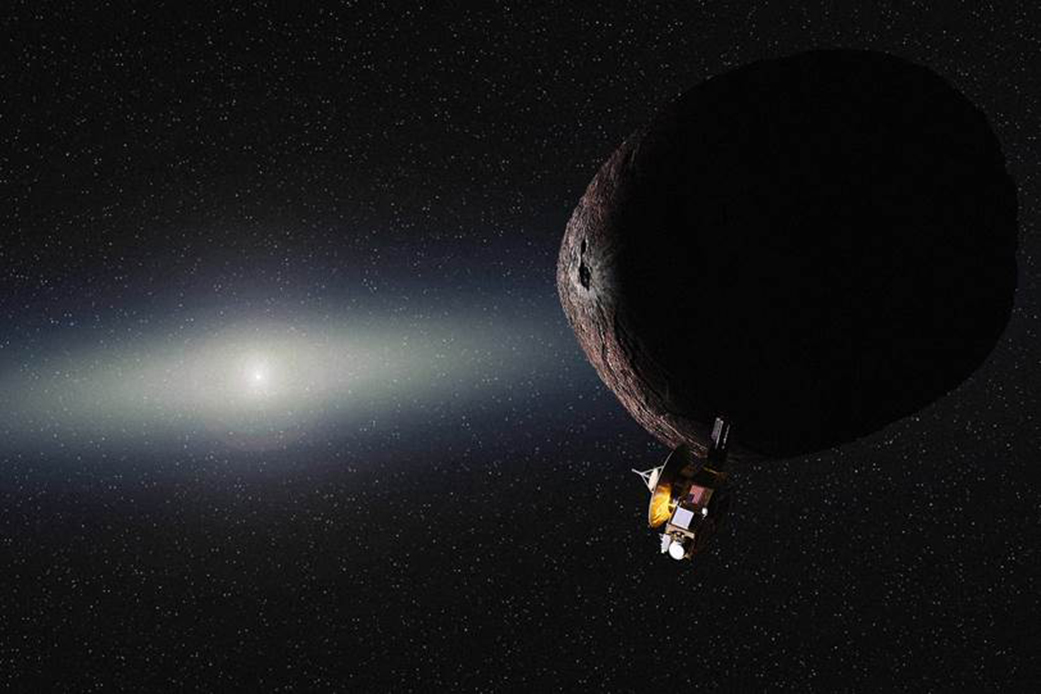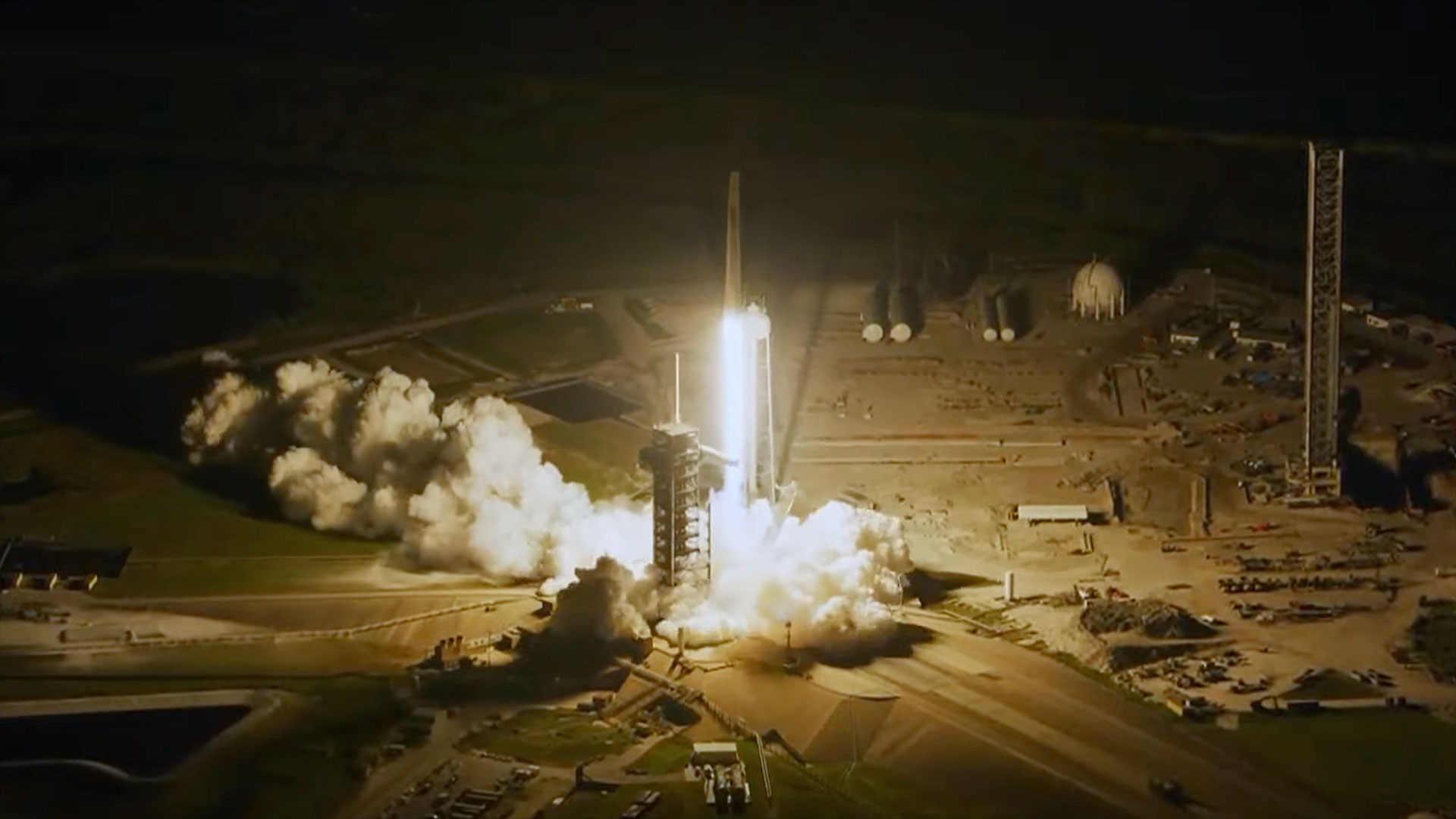Beyond Pluto: 2nd Target Chosen for New Horizons Probe

NASA's New Horizons probe, which flew past Pluto last month, now has a second target to aim for.
The New Horizons team has selected an object named 2014 MU69, which lies roughly 1 billion miles (1.6 billion kilometers) beyond Pluto, as the next target for up-close study by the spacecraft, NASA announced today (Aug. 28).
However, the space agency still must officially approve a New Horizons mission extension for the second flyby to take place in 2019. [Destination Pluto: NASA's New Horizons Mission in Pictures]
"Even as the New Horizons spacecraft speeds away from Pluto out into the Kuiper Belt, and the data from the exciting encounter with this new world is being streamed back to Earth, we are looking outward to the next destination for this intrepid explorer," John Grunsfeld, chief of the NASA Science Mission Directorate, said in a statement.
The $720 million New Horizons probe traveled for nearly 10 years and 3 billion miles (4.8 billion km) to reach Pluto and its moons, becoming the first mission to study the dwarf planet system up close. It will take roughly 16 months for the probe to beam home all the data it collected during the encounter.
The successful July 14 flyby already ensures that New Horizons will go down in history as a roaring success, but the odds are good that the spacecraft will be collecting more data in the future. NASA commonly approves mission extensions for spacecraft that have finished their primary objective and are still in good working order.
Still, the New Horizons team must submit an extension proposal to NASA that will "be evaluated by an independent team of experts before NASA can decide about the go-ahead," the statement said.
Breaking space news, the latest updates on rocket launches, skywatching events and more!

That proposal is due in 2016, but the New Horizons team must start planning for an encounter with 2014 MU69 right away. The team will execute a series of four maneuvers in October and November of this year to put the probe on a path to encounter the new object. Any later course corrections will require more fuel and "add mission risk," the statement said. If the extension is approved, the probe is expected to reach 2014 MU69 on Jan. 1, 2019.
Alan Stern, principal investigator for New Horizons at the Southwest Research Institute in Boulder, Colorado, called 2014 MU69 a "great choice," for the secondary mission. Discovered in 2014 by the Hubble Space Telescope, scientists estimate it is just under 30 miles (48 km) in diameter, or between 0.5 and 1 percent the size of Pluto.
In 2014, Hubble identified five objects that New Horizons could potentially reach after its encounter with Pluto. The list was later narrowed down to two prime candidates, including 2014 MU69.
The Kuiper Belt is a largely unexplored region of the solar system; NASA's twin Voyager probes passed through it, but did not make close encounters with any objects, including Pluto. Scientists believe objects in the Kuiper Belt have remained largely unchanged since the formation of the solar system 4.6 billion years ago, and may therefore serve as a kind of time capsule, containing clues about the formation of Earth and its cosmic family.
Follow Calla Cofield @callacofield.Follow us @Spacedotcom, Facebook and Google+. Original article on Space.com.
Join our Space Forums to keep talking space on the latest missions, night sky and more! And if you have a news tip, correction or comment, let us know at: community@space.com.

Calla Cofield joined Space.com's crew in October 2014. She enjoys writing about black holes, exploding stars, ripples in space-time, science in comic books, and all the mysteries of the cosmos. Prior to joining Space.com Calla worked as a freelance writer, with her work appearing in APS News, Symmetry magazine, Scientific American, Nature News, Physics World, and others. From 2010 to 2014 she was a producer for The Physics Central Podcast. Previously, Calla worked at the American Museum of Natural History in New York City (hands down the best office building ever) and SLAC National Accelerator Laboratory in California. Calla studied physics at the University of Massachusetts, Amherst and is originally from Sandy, Utah. In 2018, Calla left Space.com to join NASA's Jet Propulsion Laboratory media team where she oversees astronomy, physics, exoplanets and the Cold Atom Lab mission. She has been underground at three of the largest particle accelerators in the world and would really like to know what the heck dark matter is. Contact Calla via: E-Mail – Twitter
